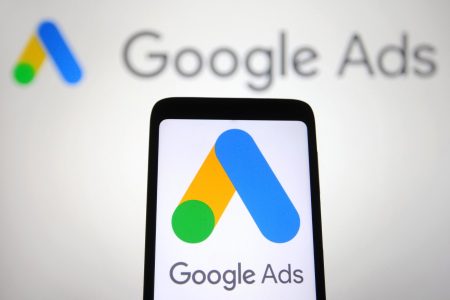“It is our duty to create a benevolent niche for everybody.” These words from sociologist Judy Singer have always been an inspiration to me. It is estimated that about 15 to 20% of the U.S. population is neurodivergent, meaning they have brain differences that give them unique strengths and challenges. Incorporating these individuals into your business can allow you to benefit from their incredible gifts.
Employers should consider the impact of the unique skills neurodivergent employees bring to the table and find ways to welcome them into the fold. Here’s how:
Related: How Leaders Can Support and Embrace The Untapped Potential of Neurodiverse Talent
Identify the minds that could benefit your business, not the roles
I knew I had the opportunity to write this article two weeks ago. And I’ve definitely written it, as you can see — after I’d rewritten it … and rewritten it — all while voraciously consuming every business-meets-neurodiversity think piece I could, before diving deeply into academia from 19th-century medical journals to modern peer-reviewed papers. Did I mention that I have ADHD? For me, it’s hard to get going and even harder to stop.
Fortunately, I’ve built a career that works with my brain rather than against it. It helps that I invented the job for myself. As CCO and co-founder of Madwell, I have strived to create an environment that offers a safe space for all sorts of minds.
For a business to benefit from the power of neurodiversity, it requires more than declaring a commitment to the idea in general and the availability of noise-canceling headphones. It should not be confused with a commitment to hiring neurodivergent individuals, which is commendable and enriching. Successfully harnessing neurodiversity means mapping out the types of minds you need (not just the roles) and systems to allow such unique thought patterns and skill sets to harmonize even if they don’t all vibrate on the same frequencies. We’re taught as entrepreneurs to search for efficiency. Well, building a workforce around neurodiversity is highly inefficient unless you’re searching for efficiency in neurodiversity.
Establish an inclusive hiring process
The term neurodiversity has become increasingly trendy within business consulting circles with applicable, buyable frameworks available for a proper consulting contract. This was not what Australian sociologist Judy Singer had in mind when she coined the phrase in her ’98 thesis. The goal was to give a name to the immutable fact that there is no normal, that all human brains are unique, and start a public discourse to benefit neurominorities.
People learn and process information in different ways. By establishing an inclusive work environment that begins with the hiring process, prospective employees who are neurodivergent can feel free and safe to share their strengths and interests from the onset, allowing the employer to better understand the value that they can bring. People with neurodiverse conditions are often worried about self-identifying due to widespread misconceptions about their abilities to perform. Find ways to make it known that your company welcomes neurodivergent employees on your website and in the job postings themselves.
Realize that conformance does not equal performance
Assemble an environment that is filled with vastly different types of thinkers, and let them collaborate. In the strictest sense, since every brain is different, most people will not be right for your company. But you’ll benefit disproportionately if you embrace each unique brain to the mutual benefit of employee and employer. I suppose this should be called “institutionalized nonconformance.” Our company comprises so many backgrounds, it seems like a mistake. It is not.
What has bound us together over the years isn’t this set of disparate backgrounds, but the brains running in the background. If you’re thriving at our company, you’ve likely known what it’s like to work (or live) in an environment that would like you to be less … different. But it is precisely our differences that make the difference. We recognize that our employees all work in different ways, and we give them the space to do so. The results speak for themselves.
Related: 5 Steps to Building a Supportive and Inclusive Workplace for Neurodiverse Employees
We shouldn’t be able to architect an entire building while writing and designing a national billboard campaign, constructing an 8-ft crocodile sculpture, running a highly targeted performance marketing campaign and creating a 16-ft wide interactive art installation. But we can. Because conformance does not equal performance.
Every business can harness this same power by seeking out neurodiverse individuals and creating a welcoming space for them once they’re hired. By helping them achieve their full potential, they will help your company achieve its full potential as well.
Read the full article here










